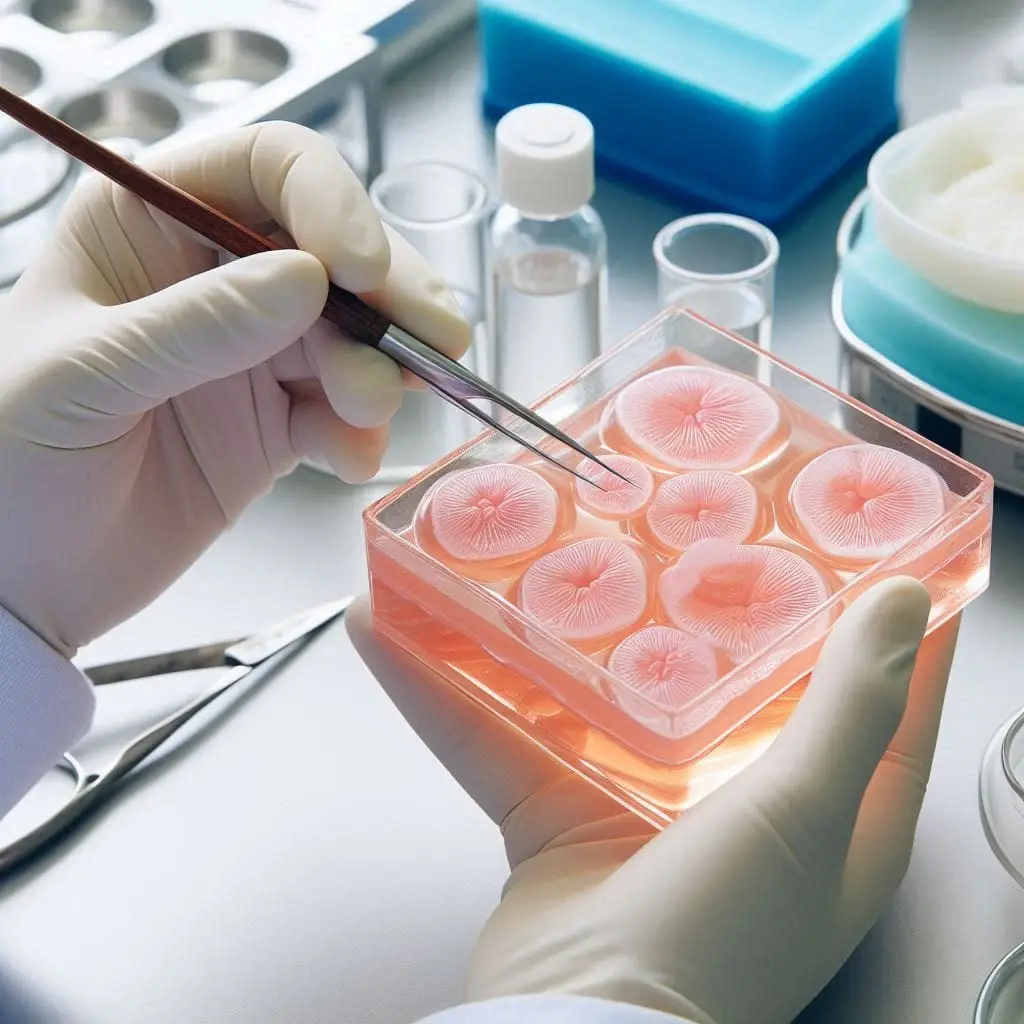Boosting Livestock Health with Probiotics and Prebiotics

The use of probiotics and prebiotics in livestock has gained significant attention. These beneficial microorganisms can enhance animal health, improve productivity, and serve as alternatives to traditional antibiotics. This article delves into the types of probiotics, their mechanisms of action, benefits, characteristics of effective probiotics, and the role of prebiotics in livestock nutrition.
Understanding Probiotics
Probiotics are live microorganisms that provide health benefits when consumed in adequate amounts. They primarily help maintain a balanced gut microbiota in animals.
Types of Probiotics
- Lactic Acid Bacteria (LAB):
- Common species include Lactobacillus and Bifidobacterium.
- Frequently used in dairy animals and poultry.
- Bacillus spp.:
- These spore-forming bacteria are resilient and can survive harsh conditions.
- They are effective across various animal species.
- Yeasts:
- Saccharomyces cerevisiae is a popular choice for ruminants and monogastric animals.
- Yeasts improve digestion and gut health.
Mechanisms of Action
Probiotics exert their effects through several mechanisms:
- Competition with Pathogens: Probiotics compete with harmful bacteria for resources, helping to prevent infections.
- Nutrient Digestion: They produce enzymes that aid in breaking down complex nutrients.
- Immune Modulation: Probiotics enhance the immune response, making animals more resilient to diseases.
- Metabolite Production: Some probiotics generate beneficial metabolites like short-chain fatty acids (SCFAs), promoting gut health.
Benefits of Probiotics in Livestock
Probiotics offer numerous advantages for livestock:
- Improved Gut Microbiota Balance:
- They help maintain a healthy balance of gut bacteria, reducing the risk of pathogenic overgrowth.
- Enhanced Nutrient Utilization:
- By improving digestion, probiotics increase nutrient absorption, leading to better growth rates.
- Boosted Immune Function:
- Probiotic supplementation can enhance the immune system’s efficiency in fighting infections.
- Reduced Pathogen Shedding:
- Probiotics can decrease the shedding of harmful pathogens, improving overall herd health.
- Better Production Metrics:
- Studies show that probiotics can lead to improved growth rates, higher milk production, and better meat quality.
Characteristics of Effective Probiotics
To be effective, probiotics must possess certain characteristics:
- Viability:
- Probiotic strains must remain alive through manufacturing and storage until consumption.
- Adhesion Ability:
- Effective probiotics adhere to the intestinal lining, allowing them to colonize the gut effectively.
- Strain Documentation:
- Reliable information on strain characteristics and research support should be available.
- Antibiotic Resistance:
- Probiotic strains should not carry antibiotic resistance genes to prevent contributing to resistance issues.
The Role of Prebiotics
Prebiotics are non-digestible food components that serve as nourishment for beneficial gut bacteria. They include soluble fibers such as inulin and fructooligosaccharides (FOS).
Function of Prebiotics
Prebiotics stimulate the growth and activity of existing beneficial bacteria in the gut. This helps maintain a healthy microbiota balance.
Sources of Prebiotics
Prebiotics are naturally found in various foods:
- Garlic
- Onions
- Bananas
- Chicory root
- Whole grains
Examples of Prebiotics
Common prebiotic compounds include:
- Inulin
- Oligofructose
- Resistant starch
Synergistic Effects of Probiotics and Prebiotics
Combining probiotics with prebiotics can create a synergistic effect that enhances their overall benefits. This combination is often referred to as “synbiotics.”
Benefits of Synbiotic Formulations
- Enhanced Gut Health: The combination improves the growth of beneficial microorganisms while inhibiting harmful ones.
- Improved Nutrient Absorption: Synbiotic formulations can lead to better nutrient utilization.
- Stronger Immune Response: Together, they can further enhance the immune system’s ability to fight infections.
Practical Applications in Livestock Nutrition
The integration of probiotics and prebiotics into livestock diets is becoming more common due to their proven benefits.
Poultry
In poultry farming, probiotics have shown significant effects on growth performance and egg production. For instance:
- Lactobacillus species can improve feed conversion ratios.
- Yeast-based probiotics enhance gut health and nutrient absorption.
Swine
In pigs, probiotics can reduce diarrhea incidence post-weaning and improve overall health metrics:
- Studies show that Bacillus spp. can enhance growth rates.
- Probiotic supplementation has been linked to reduced pathogen levels like E. coli.
Ruminants
For ruminants such as cows and sheep:
- Probiotic yeasts improve rumen fermentation efficiency.
- LAB strains have been shown to enhance milk production and quality.
Challenges in Implementing Probiotic Strategies
Despite the benefits, challenges exist in implementing probiotic strategies effectively:
- Strain Selection: Choosing the right strains for specific animal types is crucial for success.
- Regulatory Hurdles: The registration process for feed additives can be complex.
- Consumer Acceptance: There may be skepticism among consumers regarding the use of probiotics in animal feed.
Conclusion
Probiotics and prebiotics represent a promising avenue for enhancing livestock health and productivity while reducing reliance on antibiotics. Their ability to improve gut microbiota balance, boost immune function, and enhance nutrient absorption makes them valuable tools in modern animal nutrition.
As research continues to evolve, understanding how these beneficial microorganisms interact with animal health will pave the way for more effective applications in livestock farming.
For more pearls of Vets Wisdom:
https://wiseias.com/partitioning-of-food-energy-within-animals/






Responses